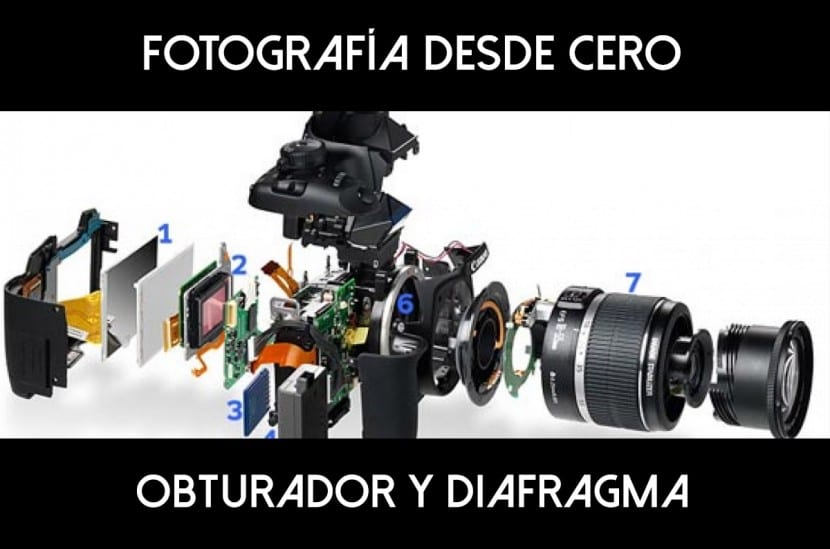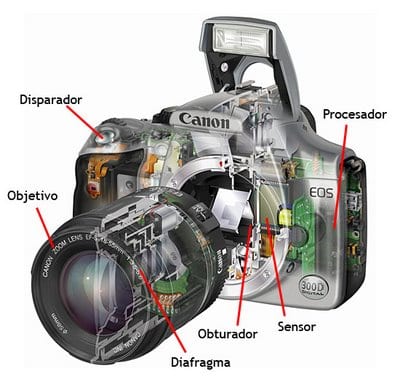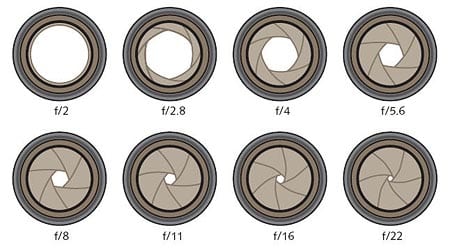
There are certain concepts that we must understand and master if we want to be part of the world of photography in a serious and professional way. If you are introducing yourself into this world, you should know what parts that miraculous device that you will use to carry out your activity.
To begin we will talk about two essential and decisive elements: The shutter and the diaphragm.
Obturation:
It is often expressed in a not very correct way as "shutter speed" in cameras. The shutter is the device that controls the amount of time in which the light will hit the sensor of our camera. This exposure time can be set in values, and each jump between each of these values is called a step. These values usually range between 30 seconds and 1/8000 of a second in the most powerful cameras. We can distinguish two types of shutter periods:
- Short shutter periods: They are usually less than 1/60 seconds and in these the shutter remains open for a very short period of time so it will let less light pass towards our sensor. The result will always be a freeze effect, that is, a noticeable reduction in movement.
- Long shutter periods: They are usually longer than 1/60 seconds. In this case, the shutter remains open longer so a greater amount of light falls through. When long exposure times are used, what is sought is a ghostly effect, or that of a sensation of movement. Whenever we use long shutter periods, it is advisable to use a tripod, as every movement, no matter how small, can have great consequences on our images.

Diaphragm and f-numbers:
The diaphragm is a device that provides the lens of the ability to quantify the amount of light entering the chamber. Depending on its degree of opening or closing, a greater or lesser amount of light will penetrate. Each of the positions of this device is expressed through the number f, which is the ratio between the focal length and the aperture diameter of the diaphragm. As you will see, a diaphragm follows the same system as the iris of your eye that regulates the amount of light that enters and leaves.
The f numbers are the following and are found through a mathematical series that is obtained by multiplying 1 and 1,4 by 2., although they can also appear as a fraction: 1, 1.4, 2, 2.8, 4, 5.6, 8, 11, 16, 22 ...
1 X 2 = 2, 2 x 2 = 4, 4 X 2 = 8, 8 X 2 = 16, 16 X 2 = 32 or 2, 4, 8, 16, 32 to obtain the rest you must do the same with 1,4, 1.4 and you will get 2.8, 5.6, 11, 22, XNUMX ...
Although this concept has much greater depth, especially from a scientific and mathematical perspective at the moment and if you are getting into it, knowing its meaning and its effect in practical terms on our work as photographers will be more than enough.
